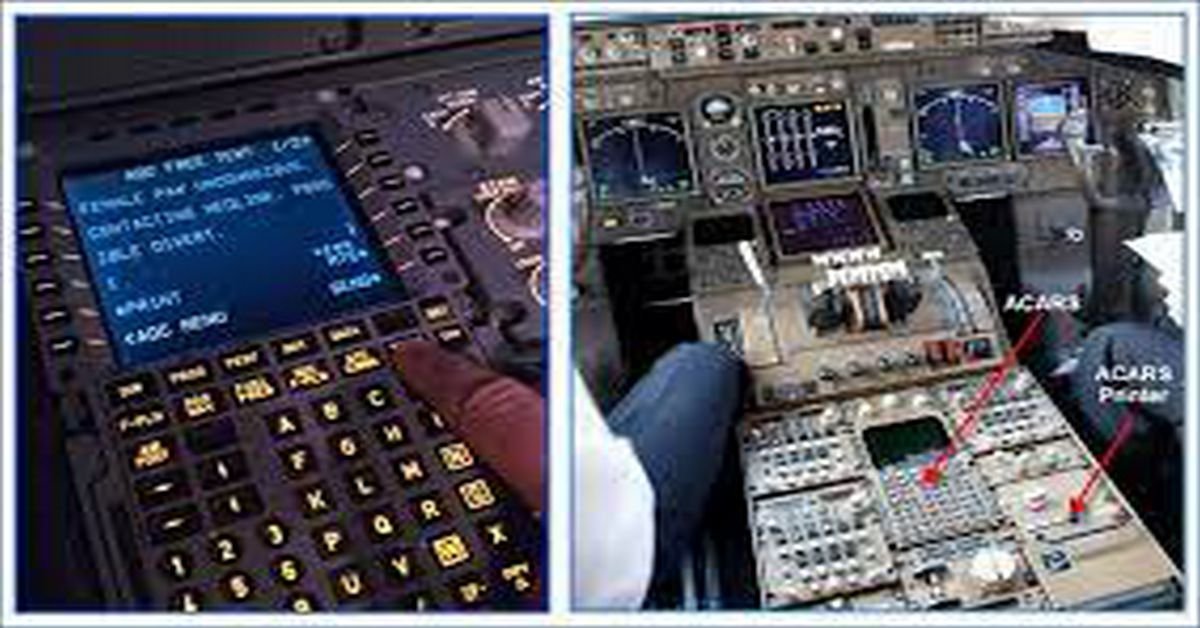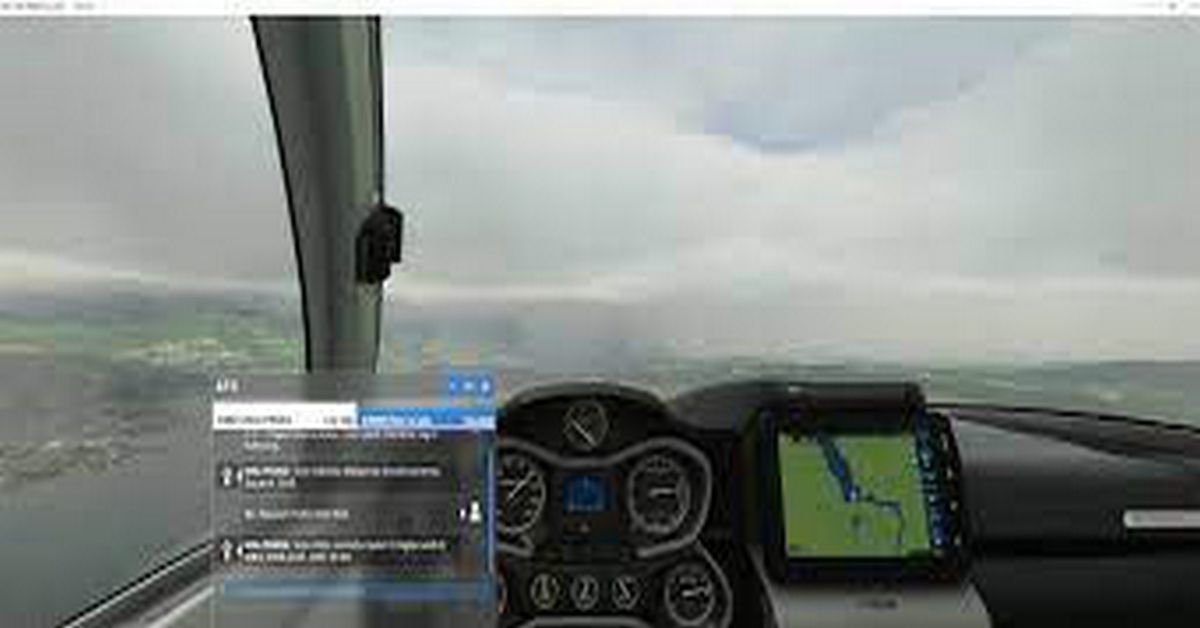Communication is the lifeblood of air traffic control. It ensures the smooth and safe operation of aircraft within their designated airspace. Air traffic control (ATC) equipment plays a pivotal role in ensuring that these communications are not just maintained, but efficient and reliable. This equipment includes radar systems, navigation aids, communication devices, and more. These tools collectively ensure the safe movement of aircraft on the ground and in the air.
Communication Systems
Basics of Air Traffic Control
Air traffic control involves a complex system of technologies and processes designed to manage aircraft as they travel across the globe. The primary goal of air traffic control is to prevent aircraft from colliding, whether in the air or on the ground. In addition, ATC coordinates the safe and efficient movement of aircraft during takeoff, flight, and landing.
To facilitate this, Air Traffic Control uses a mix of ground-based and satellite technologies, including radar systems, radio communications, and data links. The heart of any ATC system is its communication equipment, a combination of traditional and advanced tools designed to maintain reliable contact with every aircraft in the system.

Radar Systems
One of the fundamental components of ATC communication systems is radar, an acronym for “radio detection and ranging”. Radar systems are crucial to track the position of aircraft in the sky and on the ground. They provide ATC personnel with real-time data about an aircraft’s altitude, speed, and direction. This information is critical for maintaining safe distances between aircraft and for guiding pilots during takeoff, flight, and landing.
There are two main types of radar used in air traffic control: primary and secondary radar.
Primary Radar: The primary radar works on the simple principle of radio wave reflection. A radar antenna sends out a burst of radio energy, which then bounces off any object in its path. When this energy is reflected back to the antenna, it gives information about the object’s position and distance. However, primary radar doesn’t provide specific details about the identified aircraft.
Secondary Radar: This is where secondary radar, or the Secondary Surveillance Radar (SSR), comes in. Unlike primary radar, secondary radar requires the aircraft to have a transponder—a device that responds to the radar signal by transmitting a coded signal back. This code provides ATC with additional information, including the aircraft’s identity and altitude. The SSR is a vital part of the air traffic control communication system, enhancing the capabilities of primary radar.

Navigation Aids
Navigation aids, also known as navaids, provide pilots with the data necessary to navigate their aircraft’s course. They are crucial elements of an air traffic control system, allowing for the controlled, orderly, and expeditious flow of air traffic. The two main types of navaids are ground-based navigational aids and satellite-based navigational aids.

Ground-Based Navigational Aids: Ground-based navaids include Very High Frequency (VHF) Omnidirectional Ranges (VOR), Instrument Landing Systems (ILS), Non-Directional Beacons (NDB), and Distance Measuring Equipment (DME). These systems emit radio signals that aircraft can use to determine their position and orientation relative to the source.
Satellite-Based Navigational Aids: With the advent of satellite technology, satellite-based navaids like the Global Positioning System (GPS) have become crucial for aviation. GPS provides highly accurate positional, navigational, and timing information to pilots, irrespective of the weather conditions.

ATC Communication Devices
The ATC communication system also includes devices for voice and data transmission between air traffic controllers and pilots.
Voice Communication Systems: Voice communication in ATC primarily uses VHF (Very High Frequency) radio. There are designated frequency bands for air-to-ground and ground-to-air communications. Controllers communicate with pilots via radio transmissions, providing them with the necessary instructions and information.
Data Link Communications: As air traffic volume increases and technology advances, data link communication systems, which provide a means of direct digital communication between ATC and aircraft, are becoming increasingly important. These systems enable the transmission of pre-formatted messages, reducing the chance of misunderstandings in voice communication.
One of the main data link systems is the Controller-Pilot Data Link Communication (CPDLC). CPDLC provides a direct text-based communication link between the pilot and the air traffic controller, supplementing voice communication.

Advanced Technologies in ATC Communication
Modern air traffic control systems also incorporate newer technologies to improve efficiency and safety.
Automatic Dependent Surveillance-Broadcast (ADS-B): ADS-B is a surveillance technology that allows aircraft to determine their position via satellite navigation and periodically broadcast it. This information can be received by ATC and other aircraft, providing situational awareness and information that is more accurate and reliable than traditional radar.
Multilateration: Multilateration systems use the time delay of arrival from an aircraft’s transponder signal to multiple ground stations to compute the aircraft’s position. They are particularly effective in areas where radar coverage is insufficient or non-existent.
Next Generation Air Transportation System (NextGen): In the United States, the Federal Aviation Administration (FAA) has been implementing the NextGen initiative, a wide-ranging transformation of the entire national air transportation system. NextGen introduces new technologies and procedures to improve the efficiency, safety, and capacity of air travel, including the use of advanced communication systems.

Air traffic control communication systems are intricate networks that ensure the safe and efficient operation of air travel. They comprise a range of technologies from radar systems to advanced communication devices. With the increasing volume of air traffic, the use of more sophisticated equipment and techniques is paramount. As technology continues to evolve, we can expect ATC communication systems to become even more advanced, making air travel safer and more efficient for everyone.
